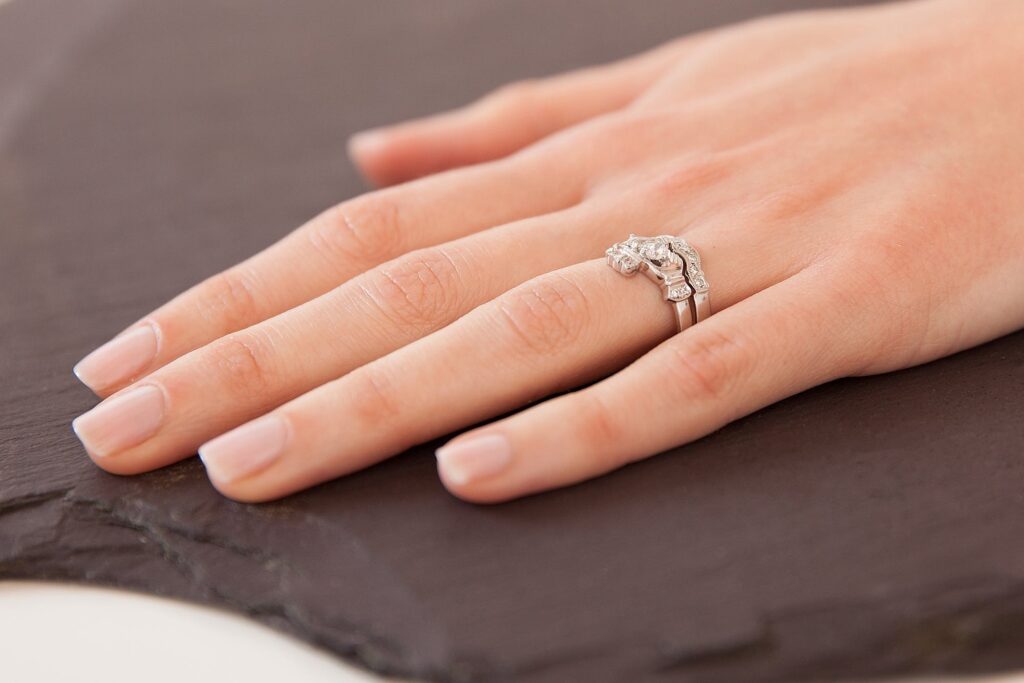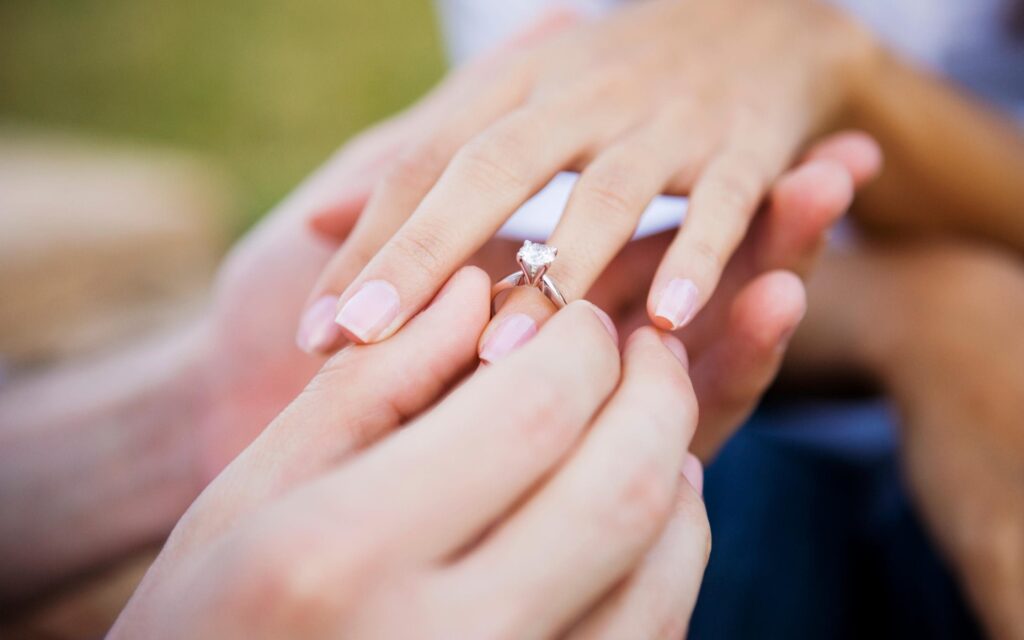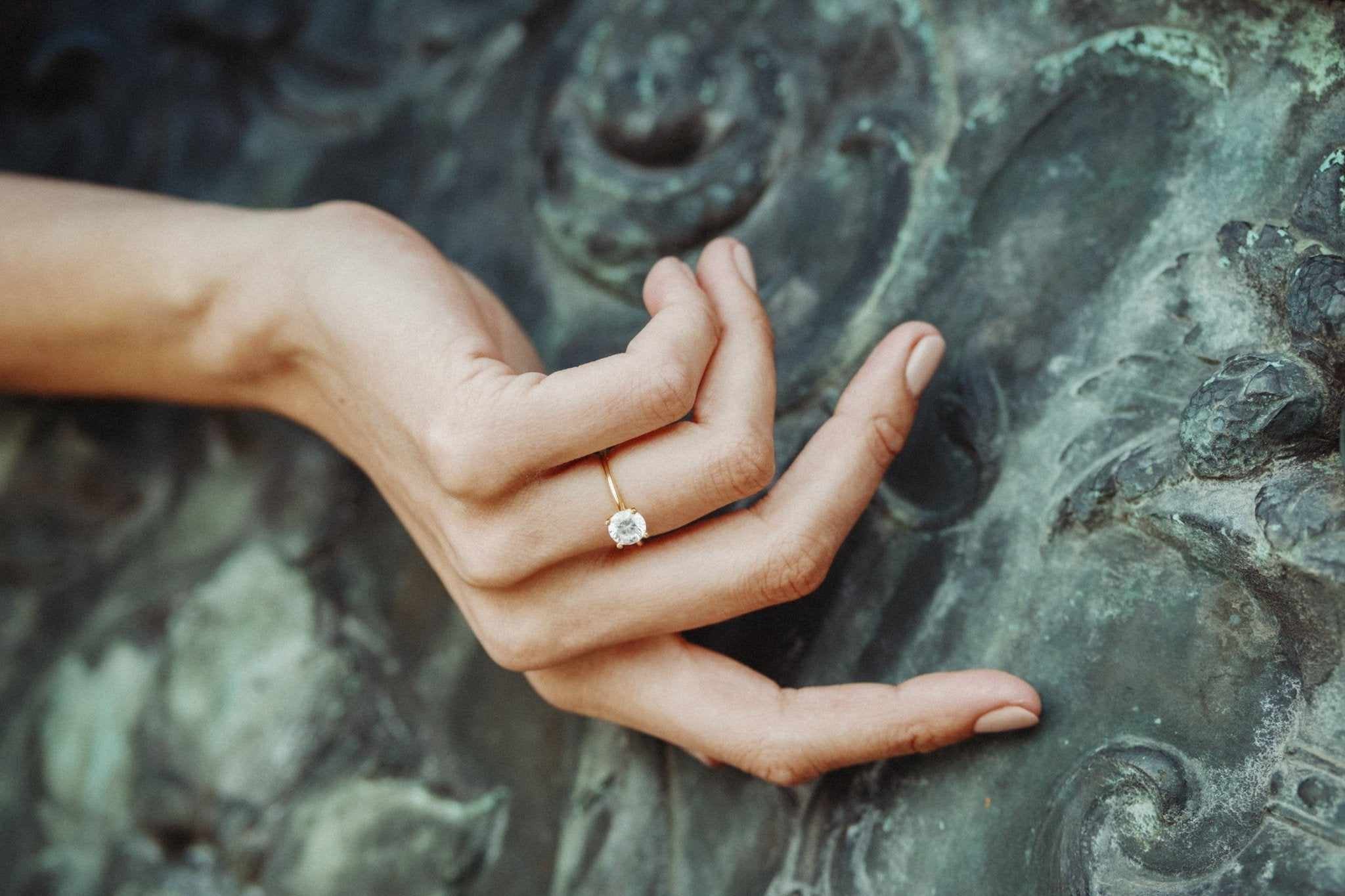Choosing the perfect engagement ring involves much more than selecting a dazzling diamond or precious gem; getting the right fit is equally crucial. A correctly sized piece not only ensures the wearer’s comfort but also symbolizes a harmonious match and lifelong commitment. An ill-fitting ring can become a constant source of discomfort and can even detract from the ring’s beauty.
Why the Right Fit Matters
The right fit in an engagement ring is vital for both aesthetics and comfort. An oversized piece can easily slip off, posing a risk of loss, while a tight one can cause discomfort and even restrict blood flow. Moreover, subsequent resizing can not only be costly but may also compromise the structural integrity and its detailing. Getting the right fit from the beginning is paramount, representing a thoughtful consideration and understanding of your partner’s comfort and style, showcasing a harmonious union and thoughtful consideration.
Understanding Ring Sizing

Engagement rings sizes typically use a numerical scale, correlating to the circumference of the finger, measured in millimeters.
In the US, sizes range from 3 to 13.5, with half and quarter sizes available. To discreetly determine your partner’s ring size, consider borrowing a piece they wear on the analogous finger or subtly enquire with their friends or family. An accurate measurement ensures the ring sits comfortably, complementing the wearer’s elegance. A proper understanding of the sizes helps in making an informed choice.
Factors Influencing The Size
Several factors can impact ring size, including temperature, time of day, and physiological changes, like pregnancy. Typically, fingers are smaller in the early morning or cold weather and larger in warm weather or late in the day. Additionally, lifestyle and individual finger shapes also play a crucial role; active individuals might prefer a snugger fit, and those with tapered fingers might need a tighter size to prevent it from sliding.
Getting the Perfect Fit

Achieving the perfect fit involves considering the ring’s design and width along with consulting a professional jeweler. A wider band necessitates a larger size for maintaining comfort. Furthermore, understanding your partner’s preferences in terms of style and fit is paramount. For instance, some might prefer a loose fit, while others might opt for a snug one. Discussing preferences and involving professionals can help in avoiding future inconveniences and ensure that the piece serves as a comfortable, enduring reminder of shared love and commitment.
Resizing Options
Even with meticulous planning, resizing might become necessary. The process usually involves cutting the band and either adding or removing material before soldering it back together. However, resizing has its limitations, especially for those with intricate designs or engravings, as it might distort the patterns or weaken the structure. Awareness of these limitations is crucial, as it influences initial size selection and design choice, ensuring that it remains a resilient symbol of unwavering love and mutual understanding.
Alternative Sizing Solutions

For those who value flexibility, alternatives like adjustable rings or temporary sizing solutions can be beneficial. Adjustable pieces allow for modifications in size, accommodating changes in finger size over time, while temporary solutions offer a provisional fit until a permanent adjustment is made. However, these alternatives might lack the structural integrity of traditional ones.

